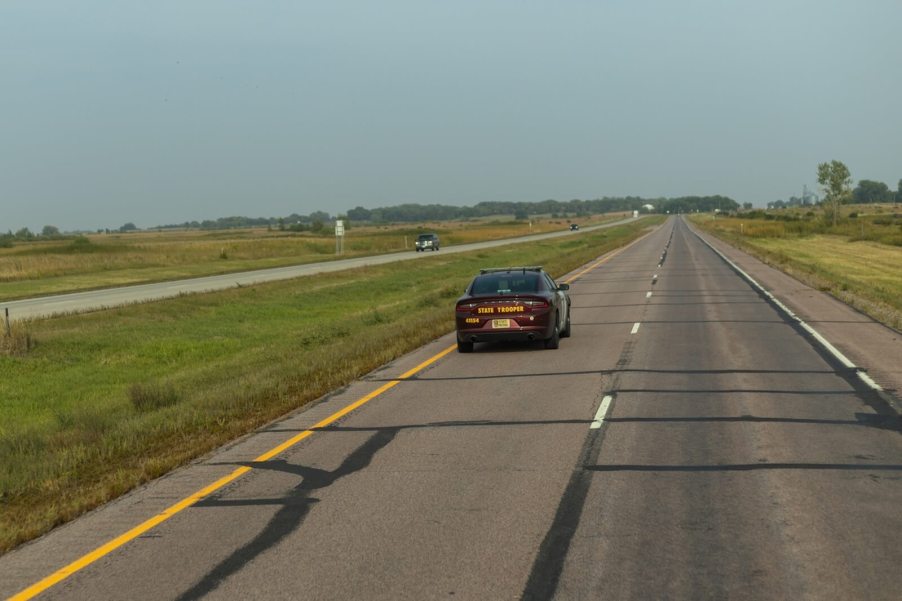
Can You Get a Speeding Ticket for Following a Police Officer?
Everyone has their driving hacks. From shortcuts to traffic tips, so many drivers think they have driving figured out. However, some drivers might think that following that police officer without lights and sirens is a speeding ticket loophole and an invitation to speed. Well, you might not want to try that particular hack.
Following a speeding police officer can land you a ticket and an unpleasant interaction with the authorities
Unfortunately, following a speeding police officer isn’t a defense for a speeding ticket. Doing so might result in a speeding ticket and a fine from law enforcement. Even if you’re behind the officer while they’re speeding, they can fine you for speeding. And considering the average speeding ticket in the United States is $150 or more, you might want to just chill.
That said, drivers do get pulled over for following speeding law enforcement officers (LEOs) from time to time. In one case, a driver in Orlando, Florida followed a speeding police officer at what they considered to be a reasonable distance.
However, after driving for a “couple of miles,” the officer moved over, allowed the driver to pass, and pulled them over. Unfortunately for the driver, lawyers on Avvo agree that claiming the LEO was also speeding isn’t a suitable means to contest the ticket. While the offending driver may have had a few ways to contest, it ultimately wouldn’t be worth the trouble.
Beyond following a speeding LEO, tailgating laws might land you in hot water if you follow too closely. For instance, the New York Traffic Ticket Lawyers state that a police officer might pull you over for following them too closely in accordance with the Empire State’s tailgating law. However, this regulation extends to every vehicle on the road, not just police department vehicles.
In short, you may see a law enforcement officer speeding without lights and sirens. But it’s not an invitation to speed along with them. Frankly, doing so might ruin your day.



